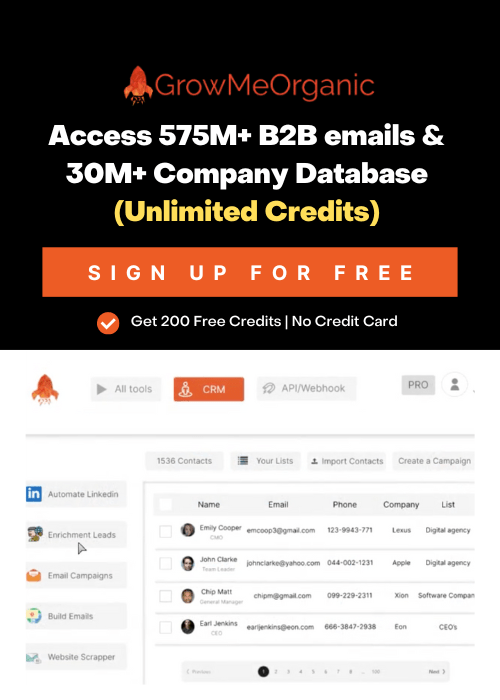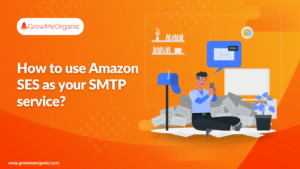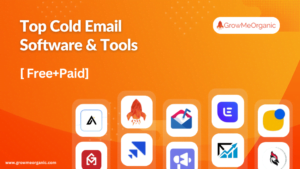Link building with cold emails is the most popular way of getting backlinks to your site. However, with such popularity comes harsh competition, as companies with valuable sites receive dozens or even hundreds of link inquiries every week.
There is also a high risk of landing in the spam folder, which could damage the sender’s reputation and your entire domain. Moreover, this negatively impacts email deliverability, which is crucial for successful campaigns.

So, how to send cold emails to outpace the competition without ending up in the spam folder? In this article, you’ll find 5 best practices for cold email outreach. We’ll also discuss the biggest challenges of cold outreach and how to overcome them.
Read on to find out how to find out how to considerably reduce the chances of your messages landing in spam!
5 Key Tips that Boost Your Link Building with Cold Emails
1. Put Yourself in the Recipient’s Shoes.
Imagine you work in an internal marketing department and receive dozens of emails offering backlinks. Most of them look similar, and some are even pulled from the same template. These emails usually start by saying they have reviewed your blog and are delighted with your content. However, they don’t mention anything specific that makes them intriguing.
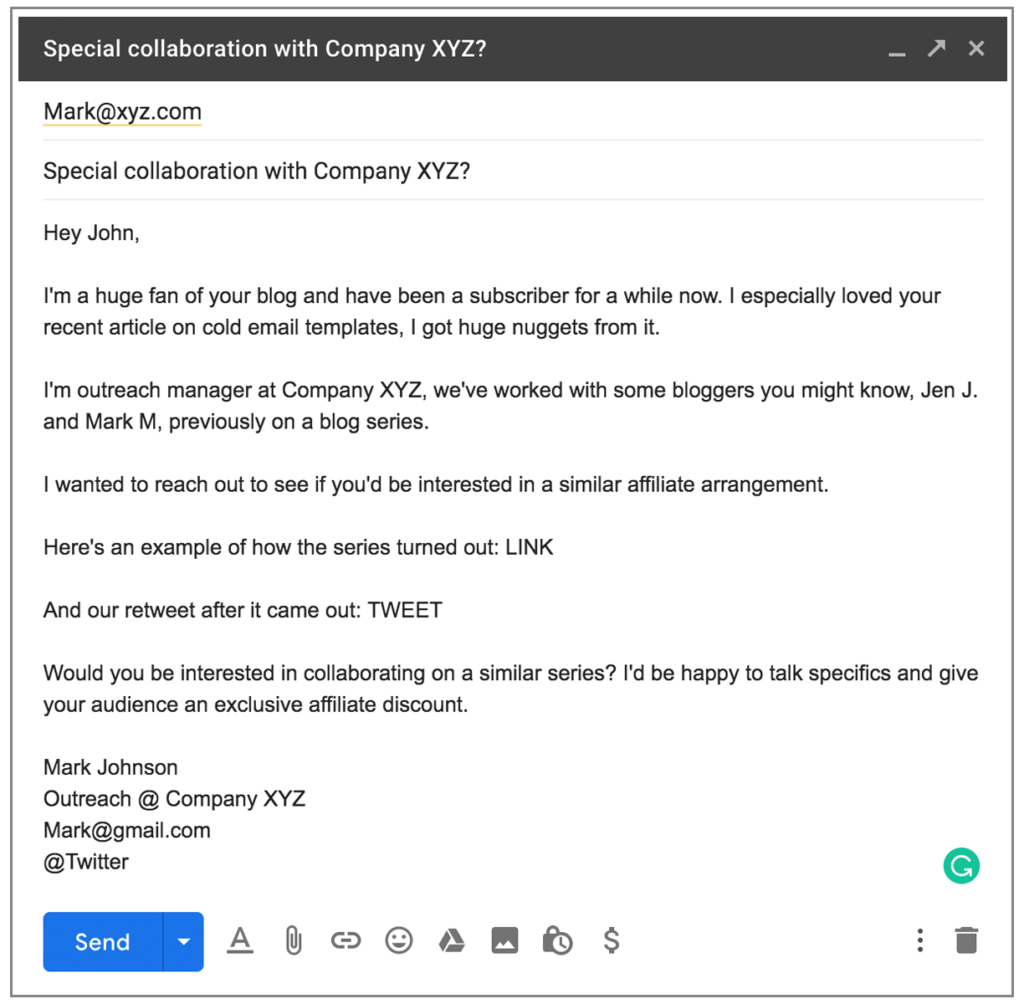
Then they ask about writing a guest article or exchanging links, and they tend not to include any specifics, like the topic of the article or in connection to what they wish to post about.
Sometimes, these messages contain very general claims, such as the content will be written according to SEO principles by top specialists, etc.
But you know what? Most of these emails don’t contain a single piece of information about your site, company, or industry.
And this is where the first opportunity to stand out arises.
Firstly, think about what kind of message would pique your interest if you received it. You would likely prefer cold emails that are:
✅ Specific: For example, if you write that you are intrigued by a particular article, mention which one and why.
✅ Personalized: Mention why you are writing to this company and the exciting things you’ve learned about them (you can use information from their social media, for example).
✅ Humanized: According to Hubspot, 28% of marketers use generative AI to create emails. However, no one likes to receive automatically generated messages, so “human” (and stylistically correct) language in messages is nowadays at a premium.
✅ Customized: Besides mentioning why you chose a particular company, try to tailor it to you as the sender. Therefore, it should be tailored to the industry you represent and your role in the company. It is also worth explaining why you see potential for cooperation from your point of view.
✅ Clear and Concise: No one likes to read long messages, especially from an unknown sender. So avoid lengthy elaborations and focus on what matters most.
✅ Non-Invasive and Polite: Your proposal should sound like an offer worthy of consideration but be presented in a noninvasive and courteous manner. Choose professionalism to avoid unnecessary persuasion or over-persuasion.
✅ Well-Researched and Informed: The more valuable and specific information about why your potential collaboration might be valuable, the better. Numbers or concrete data showing potential for both sides will work well.
✅ Respectful of the Recipient’s Time: Don’t expect immediate responses and set follow-ups at reasonable intervals. Respect your audience’s time and avoid repeatedly rushing them by asking for a decision. If you don’t get a response, waiting 3-5 business days before sending another email would be best.
2. Craft Anti-Spam Outreach Email.
Now, let’s consider how to write emails that don’t go to spam. Here, too, personalization is essential.
First, ensure your subject line doesn’t resemble a generic copy-paste that’s sent to multiple recipients. It should stand out among other backlink requests. The question arises: what kind of personalization? These days, putting a name in a subject line is unlikely to impress anyone, especially marketers who know how email marketing tools work.
Therefore, add specificity, such as ‘Article question for [the name of the article on your recipient’s page]’. This approach makes it clear from the subject line that the message is tailored for a specific company or individual, especially if you are writing directly to the author.
Moreover, remember that you are writing a business proposal. It will help if you justify why it might interest your recipient and what value you offer. To do this, be as specific as possible.
For instance, if you’re offering a guest article, specify the type of post, the author’s identity, and their expertise in the subject. When providing a backlink exchange, include details about your site, such as its viewership and domain rating. You don’t have to limit yourself to this information alone. In link building with cold emails, the most crucial part is to demonstrate value that aligns with your audience’s interests.
3. Foster Connections, Not Just Links.
Remember that your proposal doesn’t have to be limited to link exchanges. It can be the beginning of a long, fruitful cooperation. To prepare for this type of cold outreach, start by finding companies with whom you see potential for cooperation. You can do this by using link building tools to find and analyze your competitors’ backlinks and identify pages and sites of potential companies to partner with.
Once you’ve identified these companies, try to find points of commonality and the benefits such a partnership could offer.
As for the link exchange itself, you could, for example, check where your content is positioned for specific keywords and offer to place the link in an article with a strong position in the SERP. For this purpose, use a keyword rank checker like the Surfer SEO tool to monitor both your and their websites, enabling the sharing of data-driven insights.
Once you have this information, craft a message that doesn’t resemble a rigid, ready-made offer that’s limited to acceptance or rejection. Offer various suggestions and show openness to different forms of cooperation, such as quoting your experts in industry materials, guest participation in podcasts or webinars, or other proposals tailored to your companies’ specifics. This approach of link building with cold emails will help both parties gain valuable contacts that can fuel each other’s growth.
4. Use Email Outreach Best Practices.
For long-term success in cold email campaigns, it’s not enough to focus solely on the first message. To prevent recipients from blocking your email address, you need to remember best practices throughout the outreach process, such as:
- Respect unsubscribe requests: Make sure your emails include an unsubscribe link that is easy to find. Most email marketing and automation platforms offer this option in their settings; ensure it’s enabled.
- Avoid spammy keywords: Your message’s content and word choice significantly affect whether anti-spam systems will detect it.
- Check the health of your domain: If you frequently send email campaigns, you should regularly check your domain’s health to ensure it hasn’t been blocked. Use dedicated tools like Email List Verify to check if you’re on a blacklist and to identify potential issues or errors with DMARC or DNS records that could impact email deliverability.
- Track and analyze results to improve your outreach strategy: Regularly analyze what’s working and not, and make data-driven decisions. Use tools that provide email analytics to monitor open, click-through, and conversion rates. Running A/B tests to compare message and subject line effectiveness can also be beneficial. This approach ensures each subsequent campaign is more effective than the last.
- Include relevant links or attachments: Some guides suggest not adding links or attachments to the first message during the link exchange process. However, if you choose to do so, ensure they are truly relevant from your recipient’s perspective.
- Provide value at the beginning of the email: The sooner you pique the recipient’s interest and highlight the potential benefits of your collaboration, the better the chances that your recipient will read your message to the end. Sometimes, even the first sentence can be crucial.
- Clearly state your purpose: Avoid generalities and write specifically about the purpose of your message. Aim to focus on one question throughout your letter, reducing the risk of receiving an answer that is not what you care about most or of having your offer misunderstood.
- Optimize for mobile accessibility: Remember that a significant portion of your audience will open your email using a mobile device, so you must create a mobile-responsive email design. Mailchimp says this can increase unique mobile clicks by up to 15%.
5. Build a Targeted Cold Email List.
Once you know how to create emails that will catch your recipients’ attention, it’s time to create a valuable list of verified contacts. As you probably know, not all business emails are publicly available, and even if you do find them, you cannot guarantee that they are correct.
So how do you get them?
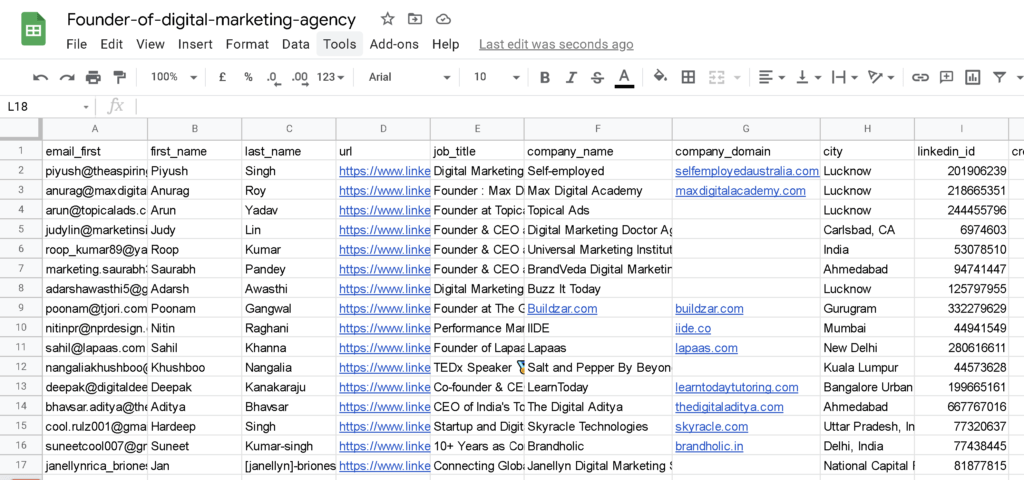
Fortunately, tools like Email Finder by GrowMeOrganic allow you to find a person’s email address based on their name or company name. Moreover, even if you don’t know who to direct your message to, such a tool can help. All you have to do is enter the name of a domain, and the tool will search for information on all contacts to employees from that company.
What’s more, it’s worth emphasizing how important it is to write to the right contacts. Sending emails to inactive addresses reduces the open rate, which lowers your domain’s reputation.
What Are the Potential Challenges of Cold Outreach and How To Overcome Them?
Cold outreach might seem straightforward, but it can be a real challenge if you are focused on operational effectiveness. To help, we’ve listed some of the biggest challenges with cold emailing and suggestions on how to overcome them.
| Challenge | Description | Solution |
| Achieving a high open rate | Making yourself stand out among the mass of similar messages your addressees get is currently one of the biggest challenges in writing cold emails, regardless of their type. | Ensure you have an engaging subject line so that your recipient wants to open and read the entire email. Test different options using A/B tests. |
| Avoiding the spam filter | Your message may end up in spam because of the use of certain content words or the low reputation of your domain. | Make sure your emails do not contain words that may be associated with spam. Additionally, check the health of your domain with dedicated tools. |
| Achieving a high response rate | The fact that the recipient has seen your message is important, but your next goal should be making sure that they respond to it. This requires more commitment from the recipient and is more challenging to achieve. | Show that you’ve spent time crafting a message to this particular person by tailoring your offer to the specifics of the company. |
| Persuasion | Even if your message gets read, it doesn’t mean the offer will be accepted. It may be due to a lack of faith in your offer having any real benefit. | List the specific benefits of a cooperation with the recipient. You can try to find areas for a more extensive, long-term partnership in different areas. And don’t forget about follow-ups, which can effectively remind people who may have overlooked your initial message about your offer. |
| Target your message to the right person | You’ve found a company with which a partnership may have mutual benefits, but are you sure you know who to contact? If you send your message to the wrong email address, you reduce the chance of your campaign’s success. | Check the ‘About Us’ page on the company’s website or their LinkedIn account to find the right person. If you’re still unsure or can’t get an email address for them, you can ask the recipient to forward the message to the appropriate person. |
| Maintaining the best possible campaign results | If your link building with cold emails strategy is not getting the desired results, can you point out why? Conversely, if it achieves spectacular results, will you know the reason? Understanding the reasons for your campaign’s performance will guide you in continuously improving your efforts. | Use professional tools to gain access to your campaign analytics and continuously monitor the results. Based on your analysis, implement what works and abandon what doesn’t. |
Conclusion
Link building with cold emails requires careful preparation and constant monitoring to yield good results. Fortunately, following the above-listed tips can help you stand out from the competition. But it doesn’t stop there. To further improve your results, consider using tools like GrowMeOrganic. This tool ensures you find the perfect recipients for your messages and allows you to write hyper-personalized cold emails with automated follow-ups.
By putting effort into increasing the effectiveness of your campaigns and utilizing dedicated tools, your messages will stand out from 90% of the offers sent by those who don’t put in a similar effort.
Get started today and test GrowMeOrganic for free.
About Post Author
Anant Gupta
Growth Hacker, Marketing Automation Enthusiast & Founder of GrowMeOrganic


